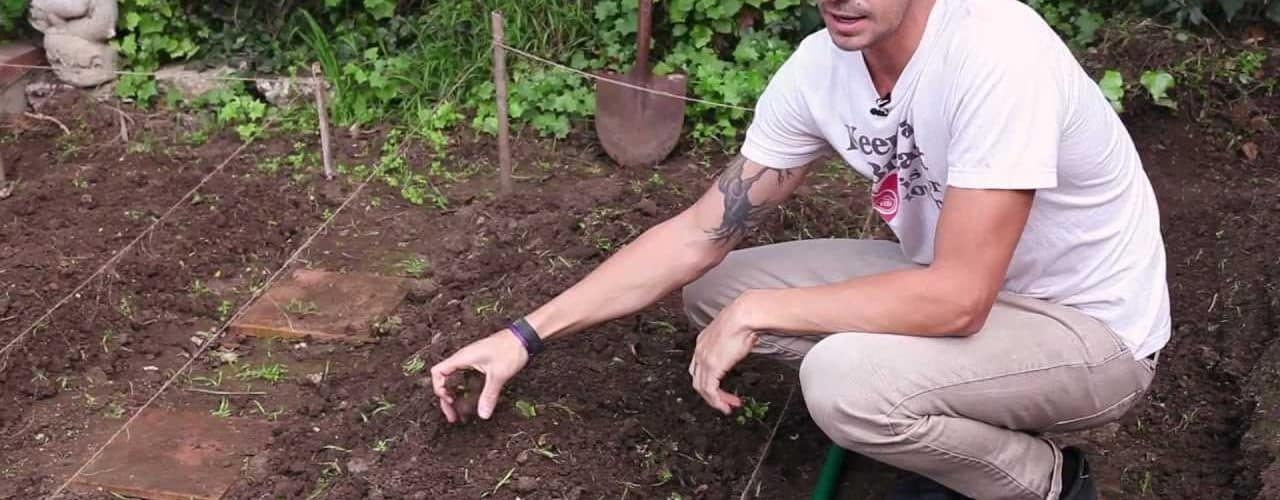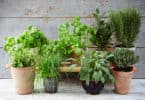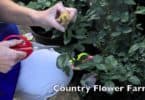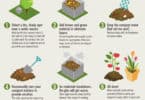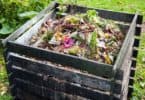The first step to do when deciding how to make your very own organic garden is planning. You need to determine the placement of your garden and make sure you have sufficient land and space for everything you want to grow. You should start by staking out the space in your yard and see if that is the size that best suits your home. Furthermore, picking the right spot for your garden depends on what you want to grow. The placement of a flower garden, for instance, is going to be different than an herb or vegetable garden. You need to think about whether or not the things you are planning to plant are going to need direct sunlight or shade. Drainage is another thing you need to take into account. If your prospective garden is going to be at the top of a hill, you may need to water it much more than if it was at the bottom. Planning is a crucial step that will greatly enhance the outcome of your organic garden.
The next thing to do is to clear out the space for your new organic garden. This is the most difficult task in the entire process. If the space you want to convert to your new garden is grass, than the task may prove to be a little bit easier. After staking out the area for your new garden, use a shovel to remove everything inside the borders. You want to dig down to the level of the soil. You also need to make sure that you do not have any weeds or any other roots. Make sure that all you have now is soil within the staked boundaries.
The most important step of the process, which can also be one of the smelliest, comes next. Manure or compost is necessary to increase the amount of nutrients in your soil. Because most soil is of subpar consistency, it contains rocks, clay and other aspects that make it particularly hard to use for an organic garden. Your soil should be mixed around with plenty amounts of compost, which can be purchased at you local home improvement store. Even better, there are many specialty shops and other nationwide chains that will measure and test your soil. After bringing them a sample of your soil, they can tell you exactly what you need to add to make it as nutrient rich as possible.
Now that your garden is prepped and ready for plants, you can take on the fun part of the project. Choosing plants can be challenging, but you need to remember to have fun with it. Make sure you know the exact conditions of your new garden, specifically as they relate to sun and shade. This way, if your garden receives predominantly direct sunlight, you can pick plants and vegetables that will thrive under these conditions.
The easiest thing to do is to make a list of all possible vegetables that could grow in your new garden. Then, you can get together with your friends and family and decide which vegetables would be the best to plant. This way, instead of just planting right away, you can plan out your entire garden and make sure that you incorporate everything that you wanted.
Last, but not least, make sure to label your new garden. Unless you are an expert, it is extremely difficult to tell the difference between many plants, especially when the fruit or vegetable is not on the vine. Before long, your organic garden will be thriving and producing tasty vegetables for years to come.
<>

